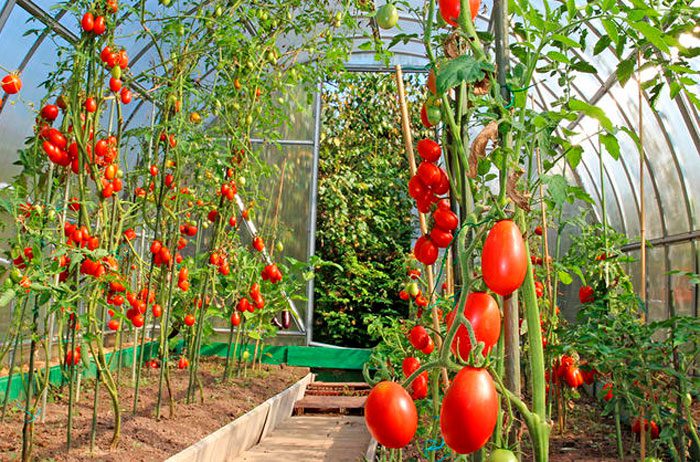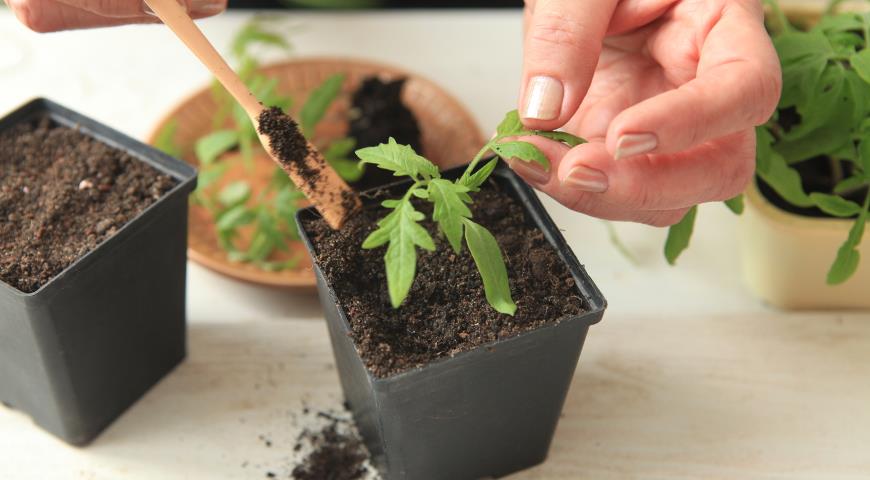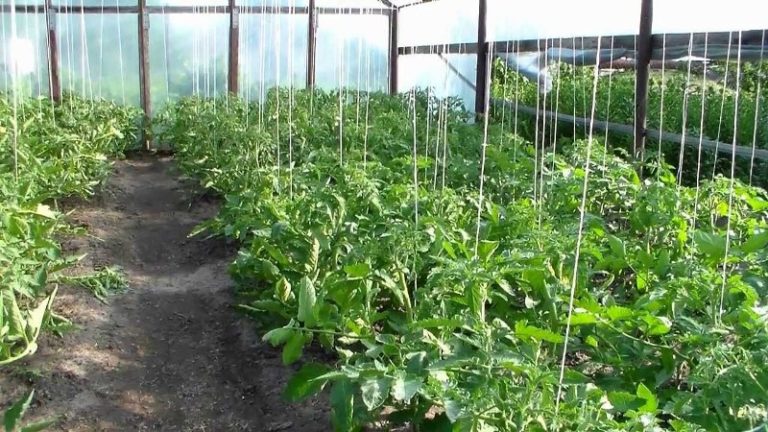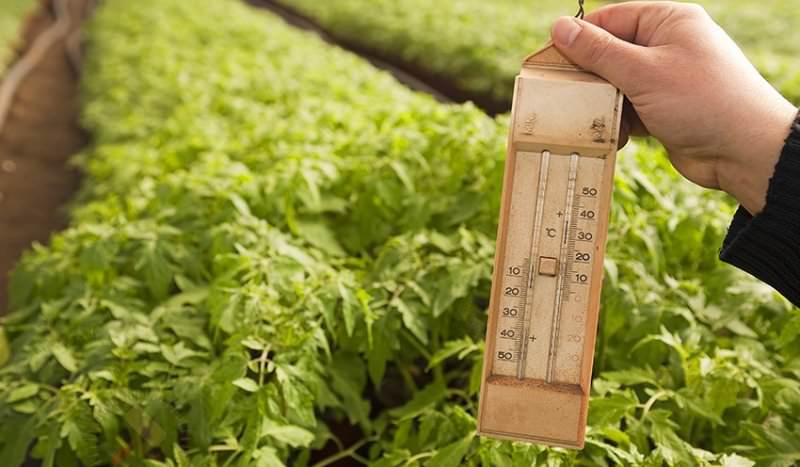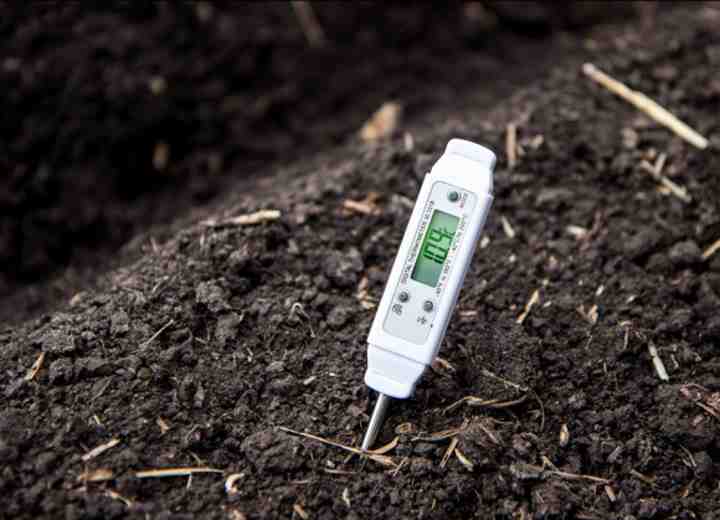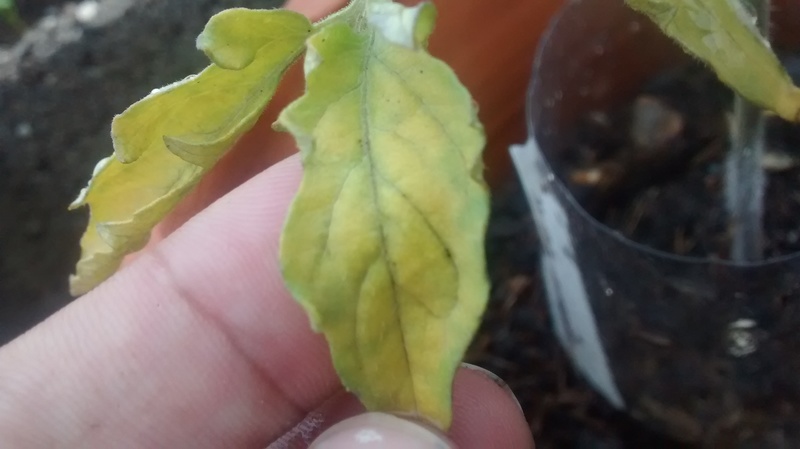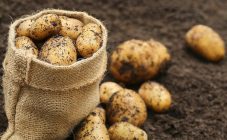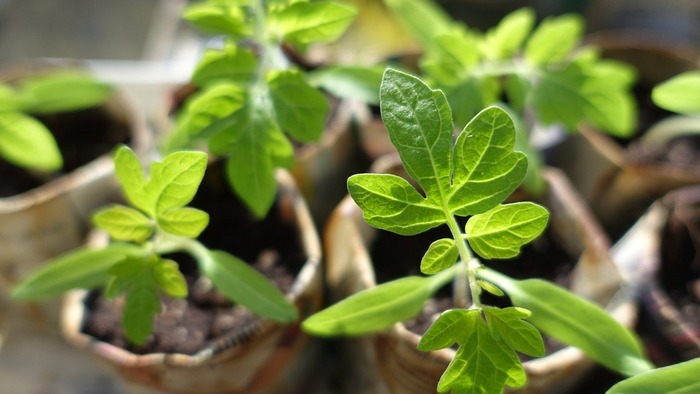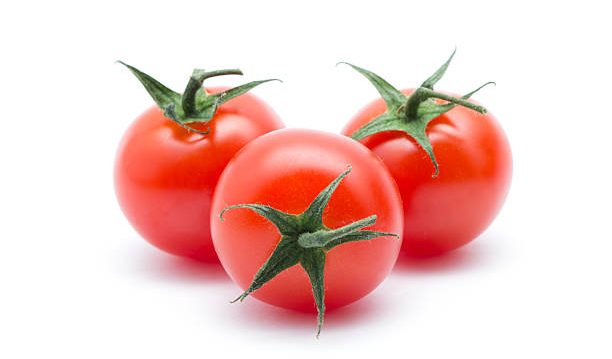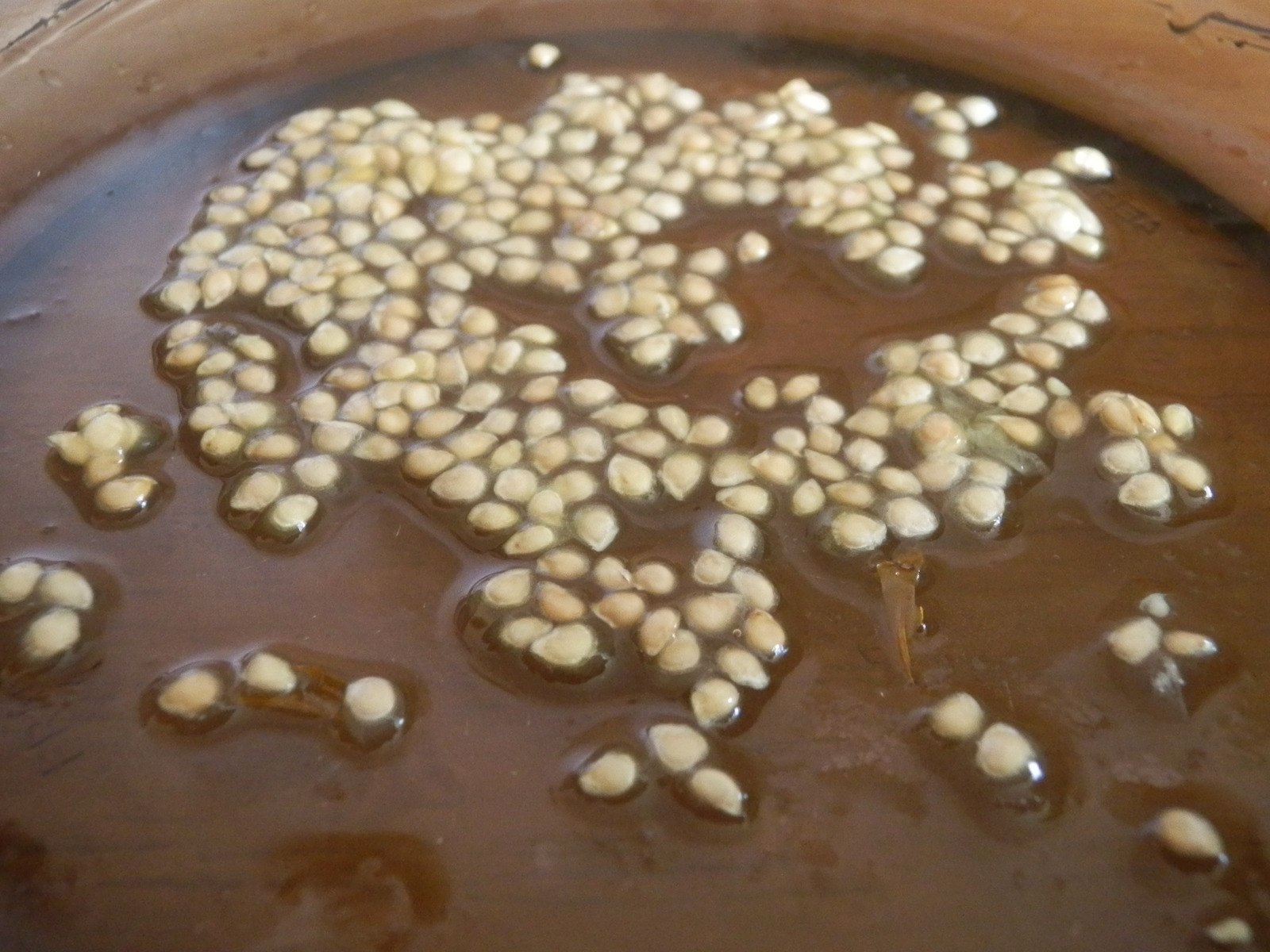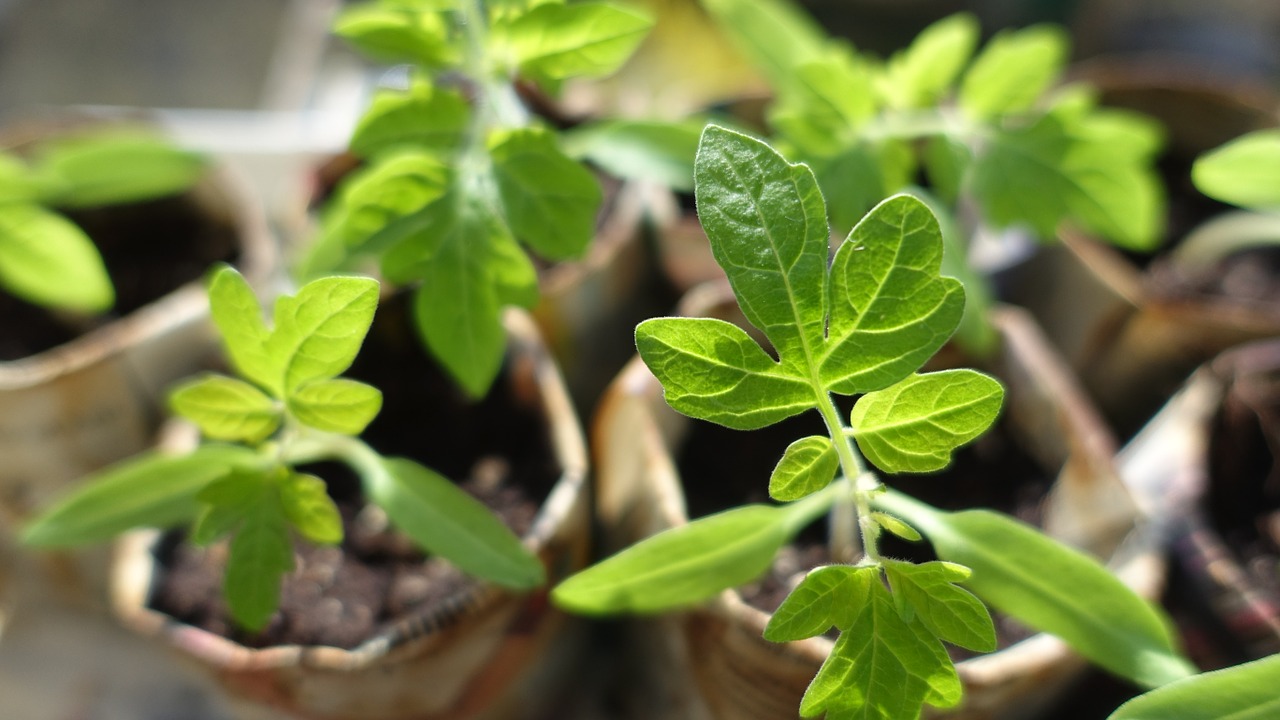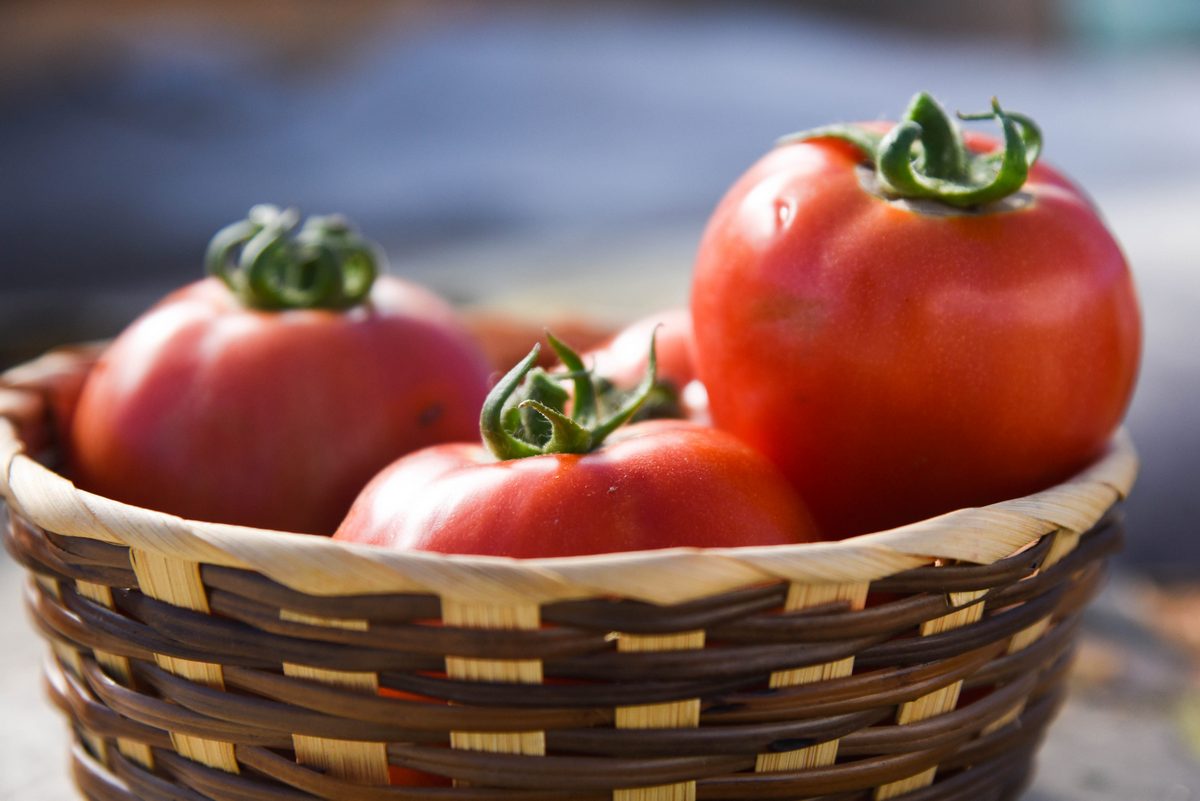Content:
Perhaps not a single site is complete without planting tomatoes, because tomatoes have a special pleasant taste, they are useful, it is convenient to harvest them for the winter. Growing ripe and juicy fruits in a greenhouse is a snap. You just need to create the necessary conditions, one of which is the correct temperature.
Conditions for planting and growing seedlings in a greenhouse
Growing tomatoes does not require much effort from gardeners, which is why they are so common. Even in the deserts, where the soil is very poor, the locals do everything possible to get the coveted harvest.
Still, it takes a little effort to create favorable conditions for a good harvest. What should be done before boarding?
Prepare the greenhouse
As you know, it is in the greenhouse that the yield is several times greater. But harvesting and preventing diseases can only be achieved if the greenhouse is properly prepared.
Since tomatoes are planted in early May, the seedlings should tolerate rather cold nights. Therefore, it is necessary to cover the greenhouse with a double layer of film, if it is not made of glass or polycarbonate.
It is necessary to leave a so-called air cushion between the polyethylene layers, which increases the temperature inside the greenhouse and increases the service life of the inner layer. It is imperative to make vents for ventilation.
Prepare the soil
Before planting a new crop, you need to start preparing the soil for 10-14 days. You should get rid of last year's soil by 10-15 centimeters, and treat the rest of the well-known copper sulfate in the proportion of 1 tbsp. l per 10 l of water. Loose the finished beds, get rid of numerous weeds and fertilize with humus.
The more fertile the soil, the less humus will be needed. And, accordingly, vice versa.
Prepare seedlings
Properly prepared seedlings play a very important role in the quality of the crop. You will need boxes or boxes about 10 centimeters high. Inside is placed either a purchased soil mixture, or made from peat, humus and sod land in equal amounts. Be sure to moisten the soil.
After the soil has been compacted, they begin to form grooves (it is customary to make them 1-2 centimeters deep). After putting the seeds and filling them with the ready-made mixture, the container must be placed in a bright place.
About a week or so later after germination, two true leaves should appear. When this happened, it was time for a dive. This is a transplant of plants from one container to another, more spacious. This is an obligatory step: the root system is already strong and requires more space.
Each plant is removed along with the soil (usually with a toothpick) and moved into a spacious pot.
So that the seedlings do not stretch out, the gardener must observe the temperature regime and monitor the illumination, changing the side facing the light every day.
What determines the quality of the crop
Watering. Until the seedlings have taken root, you should refrain from watering. The first watering should be done about 10 days after planting. The water should have an average temperature of + 20-23 degrees. After the beginning of flowering, watering should be increased from 5 liters per 1 sq. meter up to 10 liters.
Airing. Two hours after watering and at other times, the greenhouse must be ventilated by opening the vents or the door, lifting the film. This should not be neglected, because temperature is very important, especially during flowering.
Garter. On the third day after planting, you need to start tying. The procedure is carried out so that the stem of the plant does not break under its own weight, and the fruits do not rot.
Stealing. Stepsons are the lateral shoots of a plant that grow not on the stem, but from the leaf axils. In this way, they branch out the bush, which leads to shading, the spread of diseases and a reduction in the period of fruit ripening.
Top dressing. It is hardly possible to get a really large and juicy crop without feeding. The first dressing is applied after 10-15 days after planting, the second - after another 10 days. Ultimately, the procedure must be done four times per season.
Tomato greenhouse temperature
The quality of the crop depends on many factors: proper watering, airing, garter and top dressing. Of course, the temperature in the greenhouse also plays an important role for tomatoes. Moreover, its constant maintenance at the required level is a very difficult task.
Minimum air temperature in the greenhouse
The minimum temperature in the greenhouse is +6 degrees. That is, it cannot be lowered, it will not subside even with a complete power outage.
This figure is considered too low for fruit growth. What temperature can tomato seedlings withstand in a greenhouse? The minimum is +15 degrees. But do not forget that this is still an unfavorable environment and the temperature should be higher.
Optimum temperature for seedling growth
Tomatoes can start growing at +15 degrees, but, whatever one may say, this is very little for them, so over time you need to increase it. Already at + 25-30 °, a significant increase will be noticeable. It is prohibited to go beyond 30 degrees during the flowering period, because the ovary will fall off and the flowering will stop.
Thus, to create favorable conditions for tomatoes, the temperature should be from +21 to +24 during the day, and from +17 to +19 degrees at night.
Unfortunately, the weather never adapts to the people and the garden. Therefore, in order not to lower the temperature, artificial sources of heating can be created in the greenhouse. Fortunately, in the age of technology, making this a reality is a snap:
- Water heating. The system has a rather complicated design and installation, therefore it is intended for greenhouses with a large area.
- Surface heating. For this type, infrared rays are used. This option is simpler and more budgetary than the previous one. But, unfortunately, it is also less effective. In any case, the system is able to noticeably raise the temperature in the greenhouse if necessary.
- Electric heating.Despite the high prices for components and the tariffs required to bring this heating to life, this option is spreading more and more.
- Bake. It can be used even without pipes. Due to this, the costs for creating such heating are significantly reduced, which many people use.
- Film. This is by far the most economical option. You just need to add a layer of film, thereby creating an air gap that is able to avoid climatic conditions.
Soil temperature for planting tomatoes in the greenhouse
Tomatoes are very moody vegetables that do not grow or produce a good harvest anywhere. The gardener must do a thorough job during the preparation of the soil because the ground temperature is very important for planting tomatoes in the greenhouse.
It should be reminded of the mandatory characteristics that the soil must have:
- Average acidity;
- Absence of any pathogens;
- No processing with chemicals;
- The presence of any baking powder in the composition;
- Sufficient amount of vermicompost.
Don't forget about soil temperature. Why is it so important to follow her regime?
But too warm soil will not be beneficial. It absorbs all the useful properties of the plant, depletes the roots, which makes the stem sluggish and the leaves yellow. The rescued plants produce a poor harvest that will mature much later than usual. The indicators must not be allowed to increase by more than +22 degrees.
Thus, the optimum temperature is from +18 to +22 degrees.
At what temperature do seedlings die
If the temperature in the greenhouse is less than +15 degrees, the seedlings take root very poorly, because the absorption of minerals is less efficient, the roots slow down their development, and access to water is much more difficult.
If the temperature is +10 degrees, the roots of future fruits stop growing because they are unable to absorb nutrients.
If the temperature drops to +5 degrees and below, the seedlings not only freeze, but also die due to damage. And at +0.5 degrees and even minus indicators, the plant dies instantly.
Tips and tricks from experienced gardeners
- Tie up tomatoes after the ovary appears;
- You cannot plant the plant too deeply, because in this case, the stem will give new roots, and the growth of tomatoes will slow down significantly;
- Before planting, yellow diseased leaves should be eliminated;
- It is advisable to plant in the evening or on a cloudy day;
- Do not overdo it with nitrogen fertilizers;
- The greenhouse should be located on a spacious plot, with a larger side from east to west for better lighting;
- It is convenient and compact to arrange the beds, while having free access to each plant;
- When using a garter, choose the material that does not injure the stem of the plant.
Getting the coveted harvest of large and juicy tomatoes is not as easy as it might seem at first glance. To do this, you need to spend a lot of your time and effort, as well as follow the rules and tips presented in this article.
